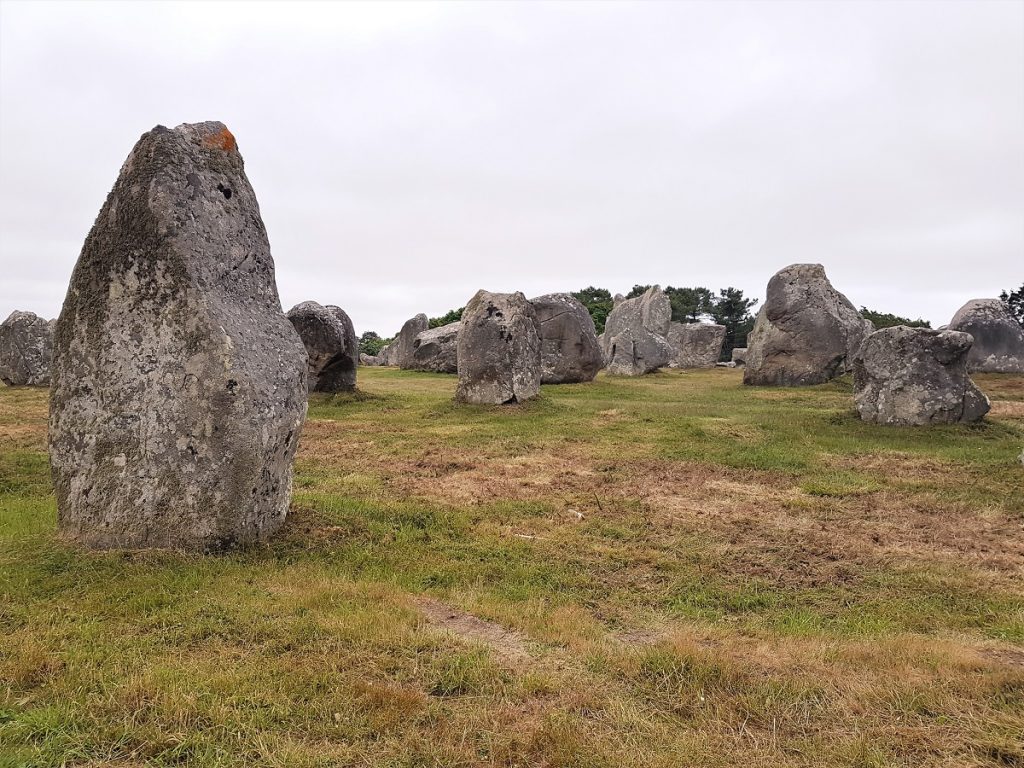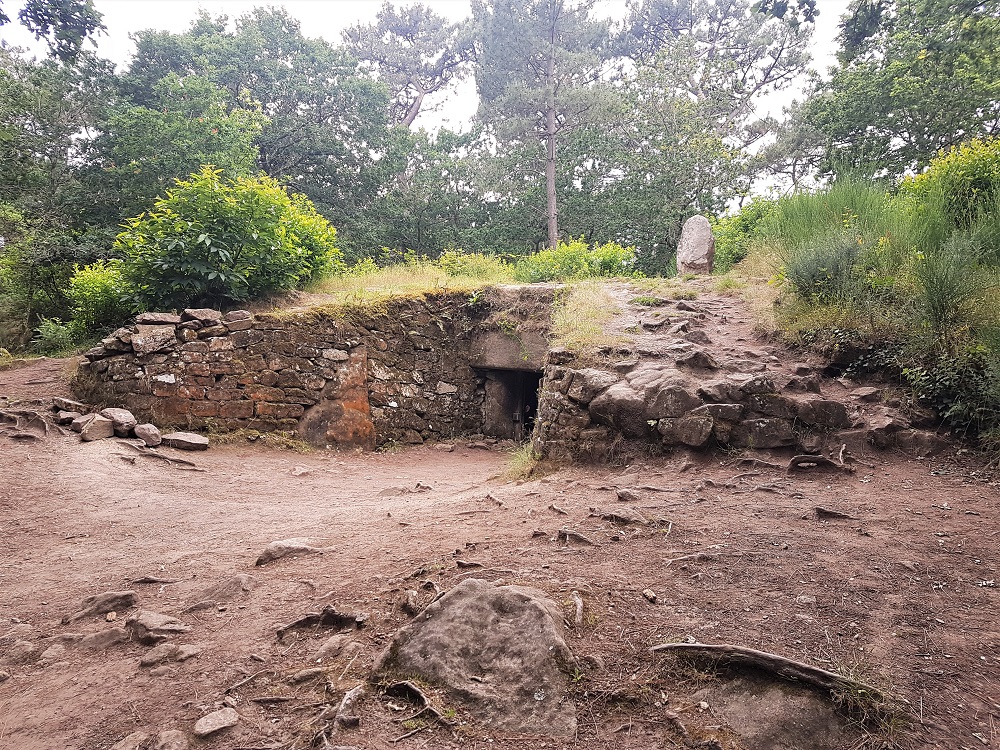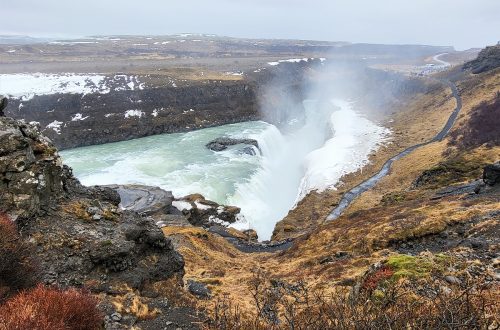Of the many sights to see in Brittany, perhaps the most famous (and mysterious) of all are the megalithic standing stones at Carnac. The prehistoric site is centred around three clusters of stones, or menhirs as they’re also known, not far from the small town of Carnac.
We began our visit at the largest of the three sites – the Alignements du Ménec, a group of 1,099 standing stones, laid out in 11 rows on the outskirts of Carnac.
Across the road from the menhirs, there’s a visitor centre where you can look out over the site from its first floor roof.
There wasn’t much to the visitor centre, other than the gift shop and the viewing platform, so we had a quick look around and then crossed the road to take a closer look at the stones.
The menhirs at Carnac are fenced off for their protection and to keep prying visitors at bay, so I was glad I’d brought my long lens camera to get a better look at the stones.
The Alignements du Ménec consist of a long field filled with smallish stones (above), and if I’m being honest, I was somewhat underwhelmed by the site, because from our vantage point, it looked as though the ancient Bretons had just plonked a bunch of stones in a field.
I couldn’t make out the alignments and the stones’ placement looked quite haphazard, although I’m sure they’re not.

Having seen what we could, we decided to continue our tour of Carnac’s prehistoric sites by heading east to the second of the three groups, the Alignements de Kermario (above and below).
The site is home to 1,029 menhirs, set out in 10 clearly defined rows, and the stones were much bigger, more impressive and their shape much more unusual than those at Ménec.

The standing stones seemed to have been placed in their alignments in order of size, with the smallest stones at one end and the largest at the other. It was an impressive sight, and I was fascinated by the way the stones had been so clearly and thoughtfully laid out.
We spent ages walking around the edge of the alignments, admiring the menhirs and stopping to take a look at the small burial chamber in one corner of the field (below).

After seeing all there was to see at Kermario, we continued eastwards to the third and final cluster of menhirs, the Alignements de Kerlescan. It’s the smallest of the three groups of stones, home to 555 menhirs, set out in 13 rows.
The standing stones at Kerlescan were smaller and similar in size to those at Ménec, and I was amazed by how many fields-full of stones there were – the fields and stones seemingly kept coming.

From Kerlescan, we made our way to the nearby Tumulus de Kercado (above), a prehistoric burial chamber that dates back to around 4,670BC.
The large tomb consists of a gallery that leads to a big, dark, cold chamber with engraved walls, and inside, you could see it had been built using large menhirs, with the gaps filled in with smaller pieces of stone.

I enjoyed our tour of the megalithic sights around Carnac, even if I was a tad underwhelmed by the Alignements du Ménec.
The alignment of stones and the Tumulus de Kercado were fascinating, and I was especially impressed by the menhirs at Kermario.
Each of the three sites had its own distinctive look and feel, and I was surprised by how different they were – from the size of the stones to the way they’d been laid out. They were like nothing I’d seen before and are worth a visit if you’re ever in the Morbihan region.






